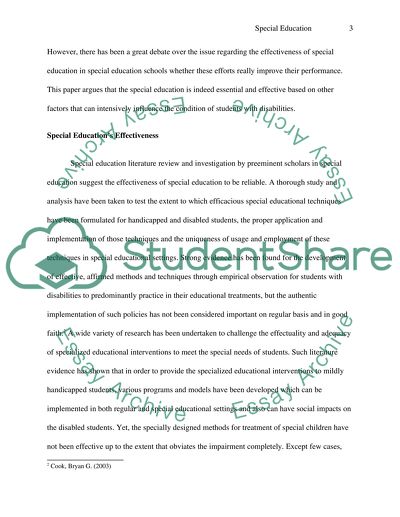Cite this document
(“How Effective is Special Education Term Paper Example | Topics and Well Written Essays - 1500 words”, n.d.)
Retrieved from https://studentshare.org/education/1439388-special-education
Retrieved from https://studentshare.org/education/1439388-special-education
(How Effective Is Special Education Term Paper Example | Topics and Well Written Essays - 1500 Words)
https://studentshare.org/education/1439388-special-education.
https://studentshare.org/education/1439388-special-education.
“How Effective Is Special Education Term Paper Example | Topics and Well Written Essays - 1500 Words”, n.d. https://studentshare.org/education/1439388-special-education.


